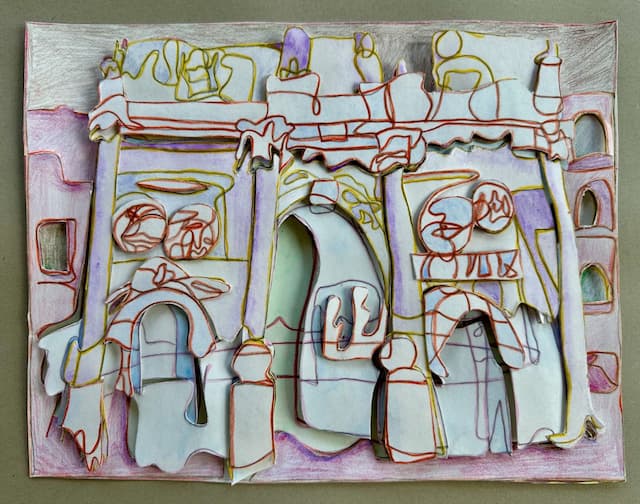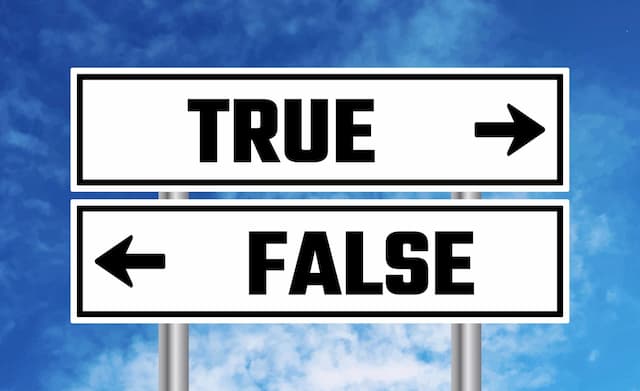Why no women among Jesus’ apostles? (Matthew 10:1-4)
Open Matthew 10:1-4.
Fact: All twelve apostles appointed by Jesus were male.
Question: Is that a pattern for the leadership of the church? Should the church follow Jesus in appointing only males to positions of authority?
As always when dealing with narrative, we struggle to know whether to treat the story as descriptive or prescriptive. Why did Jesus appoint only males? The reason is not overtly given. And yet, there are some clear factors here in this story, and some further aspects later in the story that should give us clear answers to our question.
There were some very pragmatic reasons why Jesus could appoint only males to carry his message to Israel (10:5-6). They were travelling without support (10:8-10) on a mission Jesus described as dangerous (10:16-23, 25, 28). In their culture, women were not viewed as messengers, and even the apostles sometimes distrusted what the women told them (compare Luke 24:11).
More importantly, we saw that Jesus appointed twelve men to embody the restoration of the twelve tribes of Israel. The twelve patriarchs (sons of Jacob) were male, and the re-constitution of Israel could only be symbolized by appointing twelve males. The restoration of Israel was the essential first step towards God’s greater plan of restoring the nations under his reign. Metaphorically speaking, Jesus set the twelve on thrones to resolve the injustice in Israel (Matthew 19:28).
Additionally, and in stark contrast to other rabbis of the time, Jesus did have female disciples (Luke 8:1-3). That was controversial; even some of their own family considered this inappropriate. Remember how Martha wanted her sister sent to the kitchen instead of sitting at Jesus’ feet in the position of a disciple? Jesus commended Mary for choosing the best thing (Luke 10:42). So Jesus had women disciples, but he could not appoint women to carry his message during the Israel phase of his mission, the phase when the twelve represented the re-formation of Israel as twelve tribes.
That all changes when the King of the Jews is raised from the dead and given authority not only over the house of Israel but over the whole earth. The women have had a more persistent presence during the crucifixion, and it is they who are present at his tomb to learn of the resurrection. It is therefore the women who are commissioned first to carry the message of his resurrection (Matthew 28:10 || Mark 16:7; John 20:17-18).
The apostles previously appointed by Jesus still play a crucial role in proclaiming his message throughout the ancient world, but they are not the only anointed bearers of his message. Following his resurrection and ascension to heaven’s throne, the King pours out his Holy Spirit on his followers, empowering them to bear testimony to his resurrection. There are 120 of them, explicitly including women (Acts 1:14). According to the apostle Peter, the empowerment of women as equal proclaimers of the message is something new, though it had been announced beforehand by the prophet Joel (Joel 2:28-29; Acts 2:17-18).
This is a new phase: the restoration of all creation. Like so much of the ancient world, Israel was a patriarchal nation, so the appointment of twelve males to represent the restoration of Israel makes sense of that phase. But after the resurrection, Messiah Jesus is not merely restoring Israel but all of creation. It would be a serious mistake to view the patriarchal nature of the Israel phase of Jesus’ mission as paradigmatic for the phase that restores all creation.
We live in that phase of the story where God is bringing “all nations” into obedience to Messiah Jesus. That’s so central to Paul’s gospel that he incorporates it into both the opening and closing phrases of his letter to the centre of the empire (Romans 1:5; 16:26). Paul reinforced that message by commissioning a woman to deliver this crucial letter to the believers in Rome (Romans 16:1), by naming Prisca along with her husband as a fellow worker in Messiah Jesus (Romans 16:3), and by commending Junia as “outstanding among the apostles” (16:7).
In summary, there were two stages to Jesus’ ministry. His first task was to re-form Israel as the source of God’s blessing to the nations. Appropriate to this stage, he commissioned twelve males to embody the re-founding of God’s nation. But he removed the gender boundary on the day of the resurrection. Women were commissioned first. He empowered women and men with his Spirit as prophets, message-bearers, witnesses. The old barriers of ethnicity, social status, and gender no longer apply in the new world where all nations and all people are being restored under his kingship.
To restrict women’s role as message bearers and leaders in God’s church on the basis that Jesus appointed twelve males is to misunderstand how the story works. The resurrected king of all nations gave his Spirit and his authority to all his people, regardless of status, ethnicity, or gender.
As the epistles remind us, we need to find culturally sensitive ways to make this happen. But we must use the authority that our resurrected and enthroned king gives to his people, men and women. We cannot restrict half his servants to subservient roles when the king designed us from the very beginning as his image to hold dominion in his earthly realm jointly and equally.
What others are saying
A. Boyd Luter, Jr. “Women Disciples and the Great Commission” in Trinity Journal 16:2 (1995): 173, 177, 183:
The presence of women in all of the various passages that lead up to the Commission statements is obvious (Matt 27:56, 61; 28:1–8; Mark 15:40–41, 47; 16:1–8; Luke 23:49, 55; 24:1–10; John 19:25–27; 20:1, 11–18; Acts 1:14). But, it is frequently overlooked how closely these contexts tie the women to the Commission statements. …
They were, in effect, commissioned by the risen Lord to take word of his resurrection to the Eleven (28:10). …
It is no coincidence that the risen Lord Jesus sends Mary Magdalene to his “brethren” ([John] 20:17) just before the apostles receive Christ’s command to go out with the message of forgiveness in the power of the Holy Spirit (20:21–23). Mary becomes, in effect, the gospel of John’s prototype messenger commissioned by the risen Christ.
C. Myers, Binding the Strong Man: A Political Reading of Mark’s Story of Jesus. (Maryknoll, N.Y.: Orbis, 1988), 396-397:
This is the last — and given the highly structured gender roles of the time, surely the most radical — example of Mark’s narrative subversion of the canons of social orthodoxy. The world order is being overturned, from the highest political power to the deepest cultural patterns, and it begins within the new community. It will be these women, the “last” become “first,” who will be entrusted with the resurrection message.
Richard Bauckham, The Bible in Politics: How to Read the Bible Politically, Second edition. (London: SPCK, 2011), x:
Despite the subordination of women in the predominantly patriarchal societies of the Bible and despite the compromise with patriarchalism in some specific biblical instruction, it is clear enough that the direction of God’s purpose is towards full human equality in mutuality.
Kenneth E. Bailey, Jesus through Middle Eastern Eyes: Cultural Studies in the Gospels (Downers Grove, IL: IVP Academic, 2008), 198:
This movement on the part of the women, out of the shadows of the accounts of the cross and burial and into the bright light of Easter morning, is a fitting climax to the dramatic affirmation of the radical equality of men and women in the fellowship that Jesus created.
[previous: Why did Jesus appoint 12 apostles?]
[next: Mentoring is ministry]
Seeking to understand Jesus in the terms he chose to describe himself: son of man (his identity), and kingdom of God (his mission). Riverview College Dean
View all posts by Allen Browne








